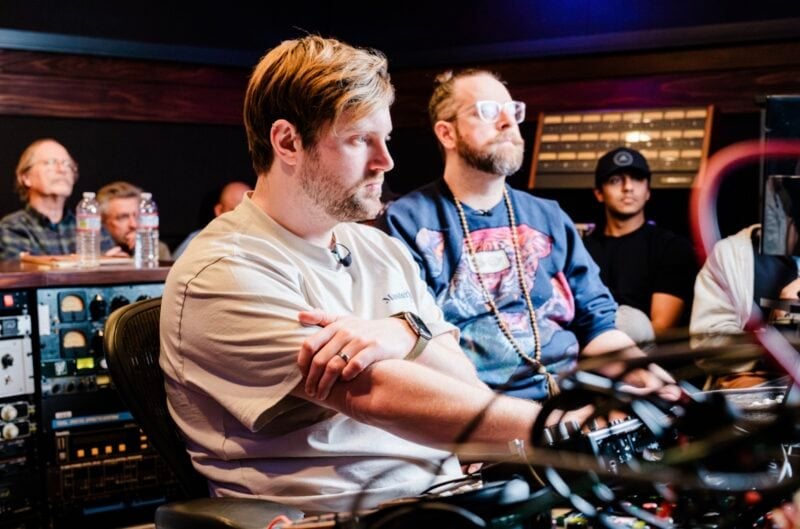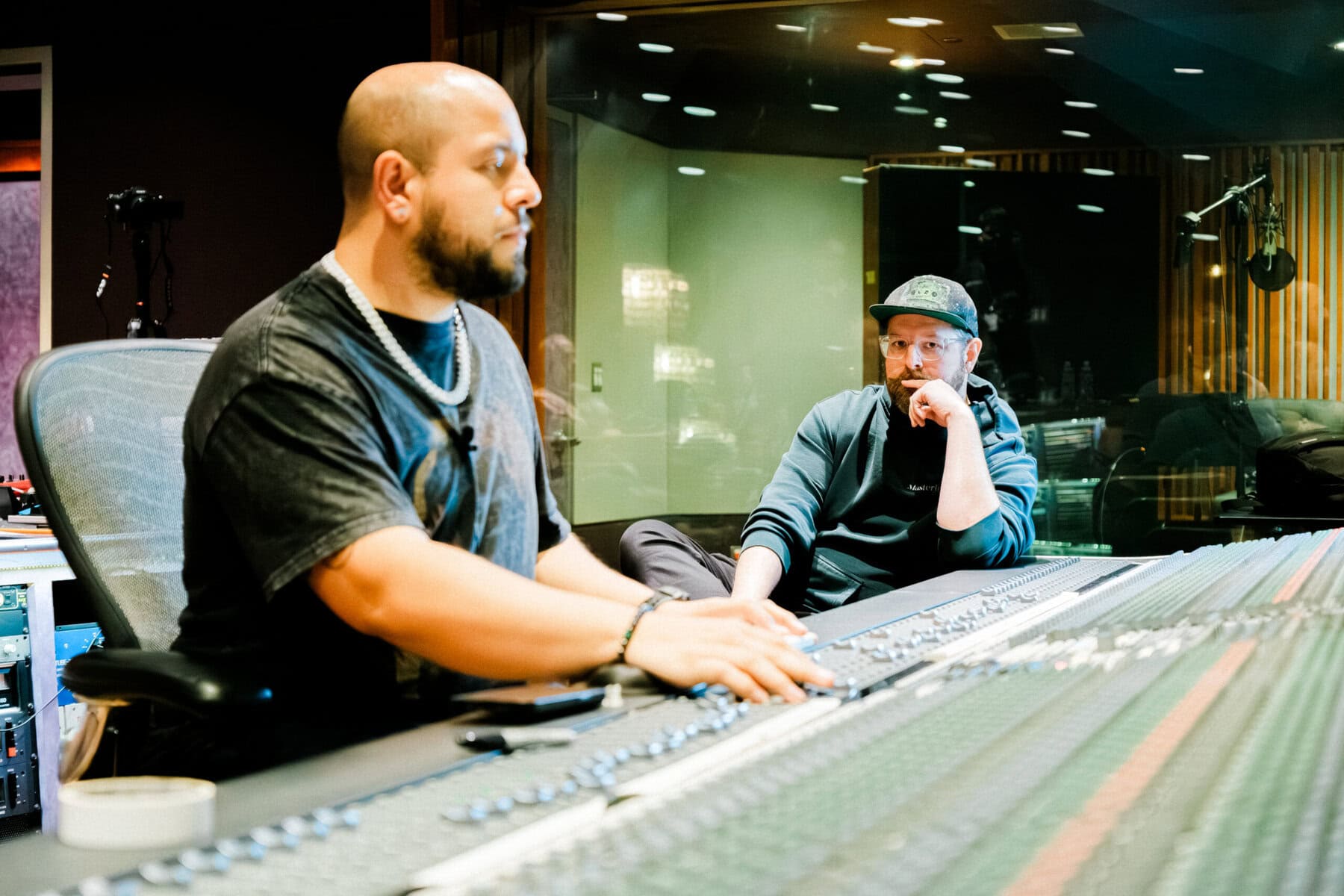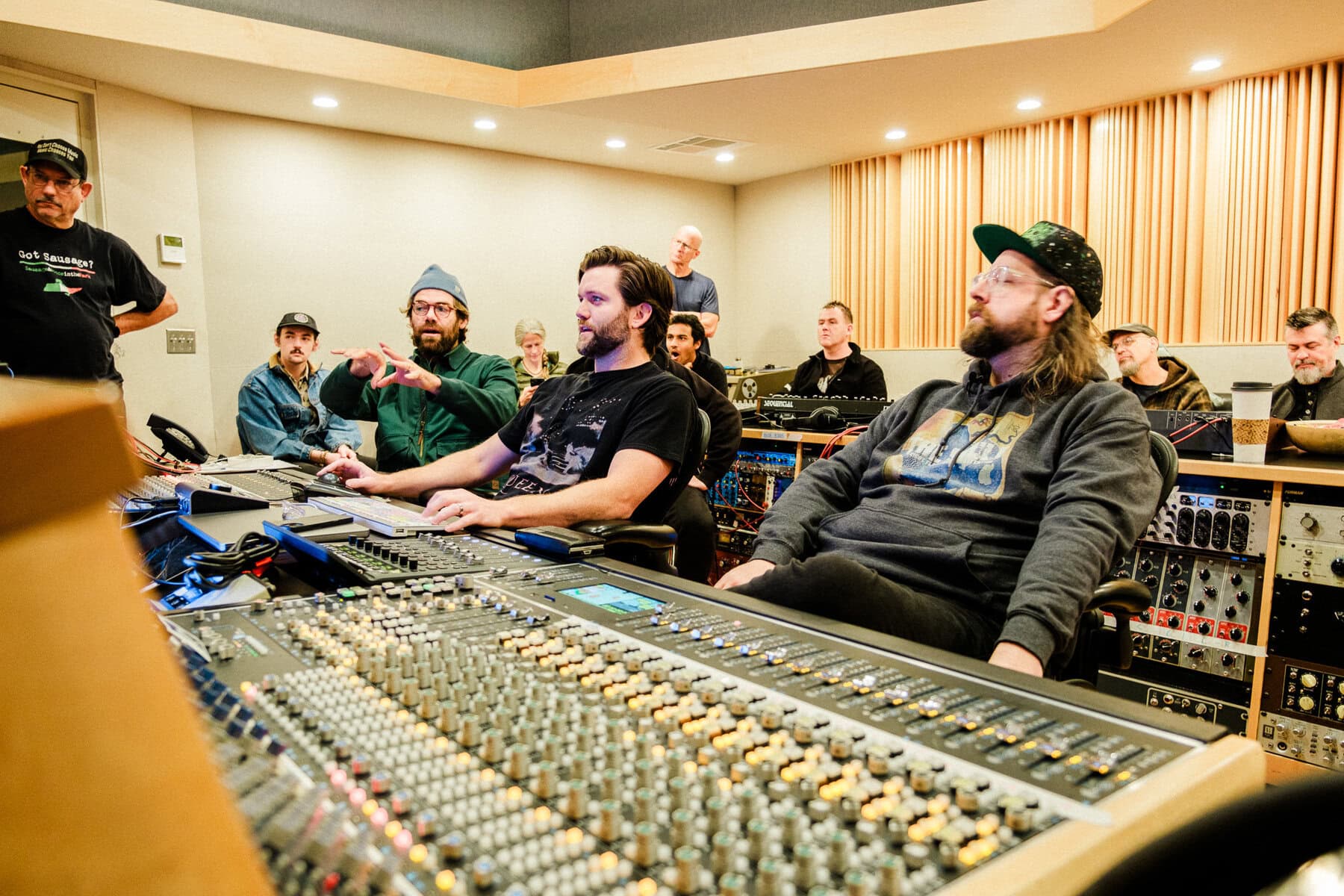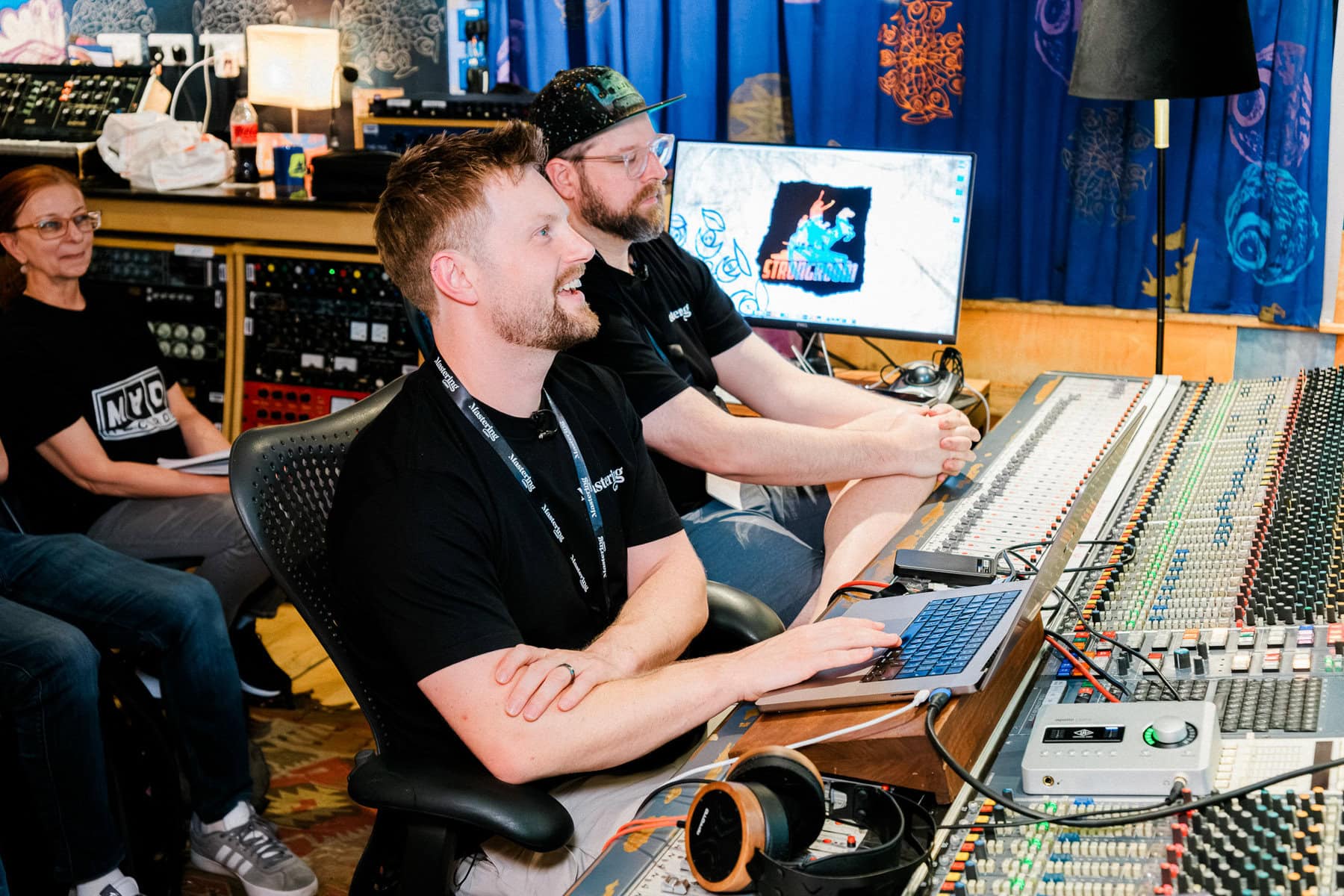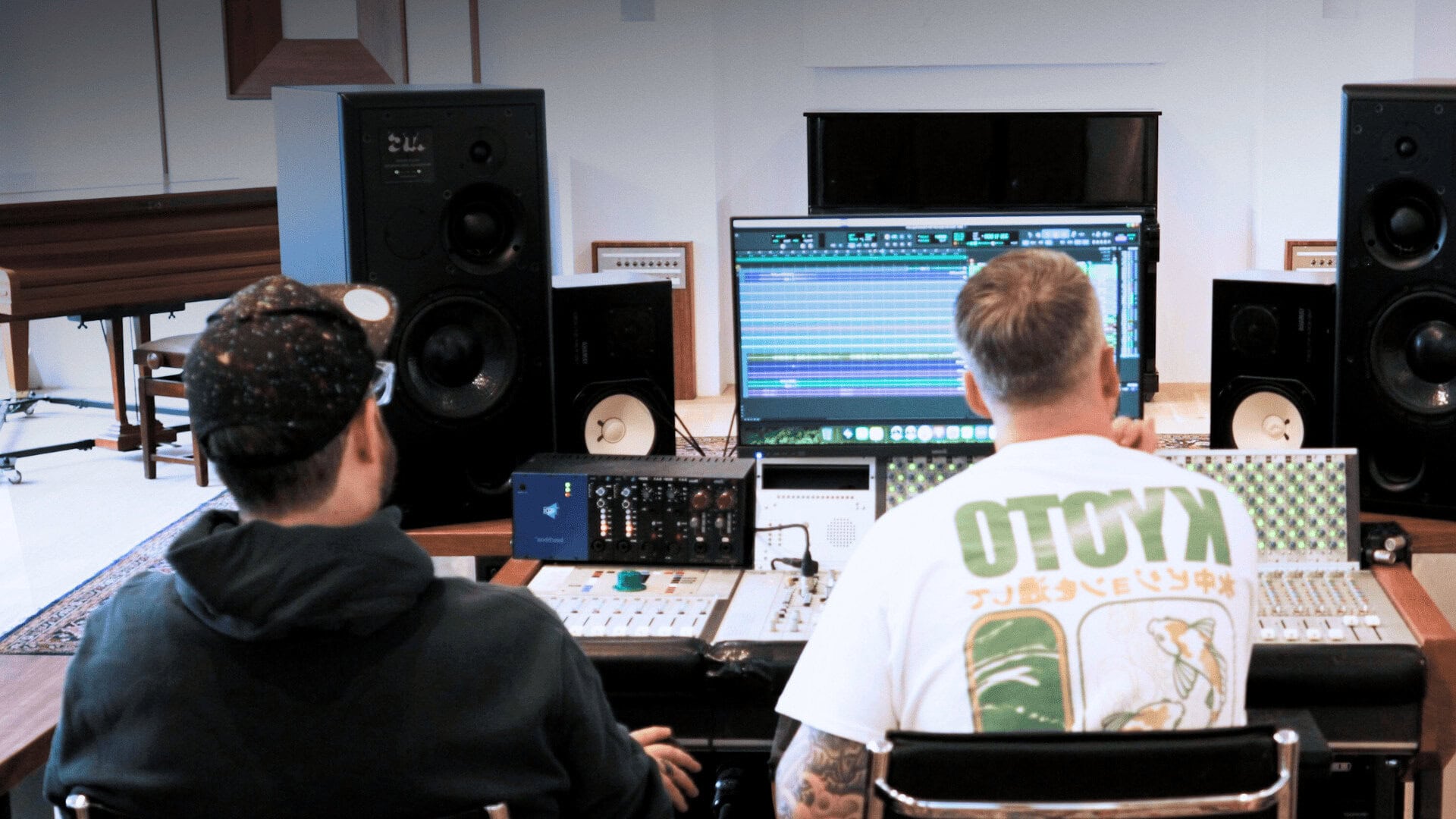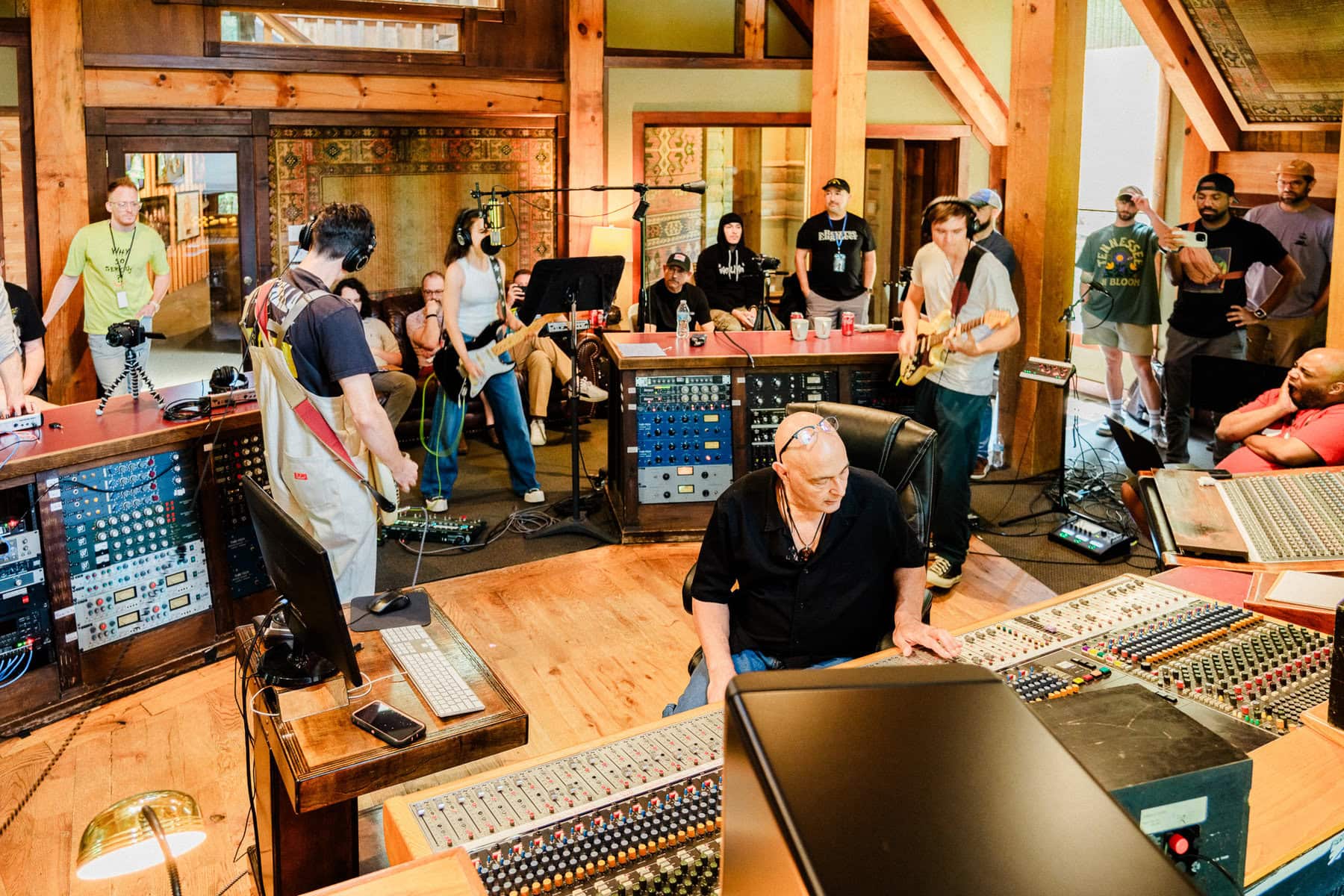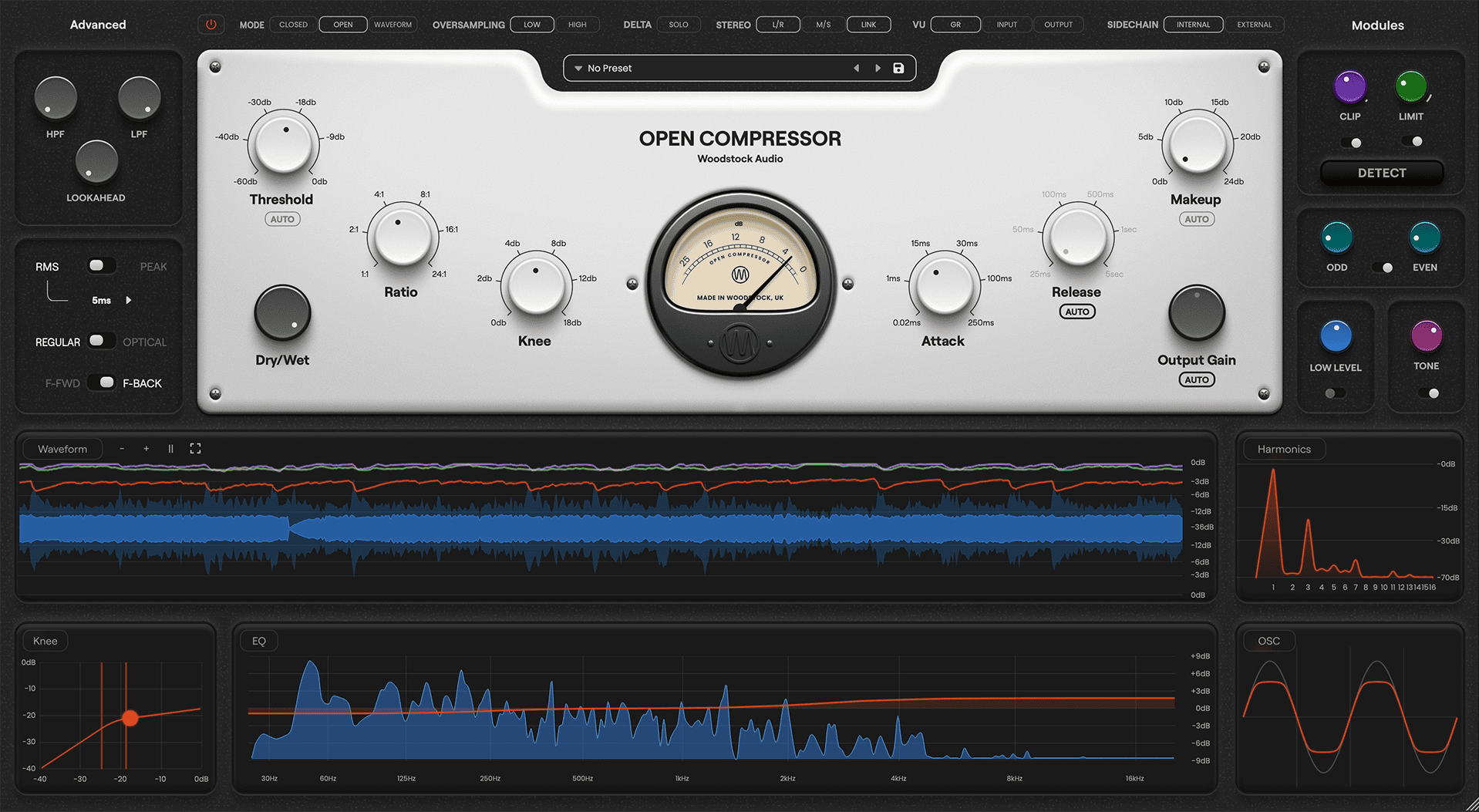Today I want to share with you a habit that changed my career as a mixing engineer: using references.
Keeping an objective ear is crucial when mixing a record. Reference tracks help you keep your ears calibrated. They give you a real-world benchmark for tonal balance, low-end weight, vocal placement, space and width.
So what makes a great reference? All you need is a professionally mixed (and mastered) track in a similar vibe and style to what you’re mixing. The closer the reference matches your production in tone and instrumentation, the more useful it will be.
When you’ve found your ideal reference, import it into your mixing session and reduce its gain so it’s roughly the same perceived loudness as your mix (you can do this either by ear or with the use of a VU or level meter). Make sure you don’t have any processing on your master as that will alter your reference as well!
Once level-matched, switch back and forth between the reference and your mix using the solo button. Focus on how the kick and bass interact, how the vocals sit in the mix, and how wide the mix feels. Now use the reference as your technical guide, while staying true to the emotional intent of the artist you’re mixing for.
You can also use your eyes to compare your reference to your mix. As you’ve already level matched your reference using gain instead of the fader, you can place a frequency analyzer, like the PAZ by Waves, on both the mix bus and the reference track to compare them side by side.
If you want to go next level, you can insert a Pro-Q by Fabfilter on the master or mix bus and use the side chain feature to route the reference into the Pro-Q. Then turn on the side chain feature to see both frequency curves in a single window!
Another helpful tool for using references is REFERENCE 2 by our friends over at Mastering The Mix which lets you import references, automatically level match them and give you all kinds of visual data on your mix and the references you’re comparing it to.
If you want to go deeper on using references…
Check out this in-depth 20 minute YouTube video on using reference tracks
Until next time,
Rob

